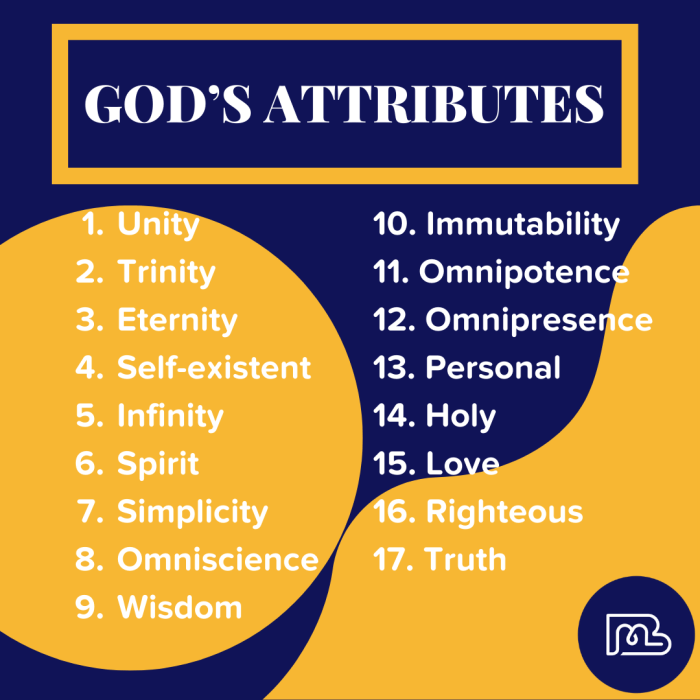Kinh lòng chúa thÆ°Æ¡ng xót in english – Embarking on a profound journey into the realm of divine mercy, we delve into its historical, theological, and scriptural foundations. This multifaceted exploration unravels the essence of God’s boundless compassion, its significance in salvation, and its profound impact on contemporary society.
Tracing the origins of the devotion to Divine Mercy, we uncover the pivotal role of Saint Faustina Kowalska and the profound message she received. Through her visions and writings, the world was awakened to the transformative power of divine mercy, offering hope and solace amidst life’s trials.
Historical Context

The concept of divine mercy in Christianity traces its roots back to the Old Testament, where God’s compassion and forgiveness are evident in numerous passages. The belief in a merciful God who desires reconciliation with his people is central to the Christian faith.
The specific devotion to the Divine Mercy emerged in the 20th century through the visions and writings of Saint Faustina Kowalska, a Polish nun. Saint Faustina received a series of revelations from Jesus Christ, in which he emphasized the importance of divine mercy for the salvation of humanity.
The image of the Divine Mercy, depicting Jesus with rays of red and white light emanating from his heart, became a symbol of this devotion. The image represents the outpouring of God’s love and mercy upon the world, particularly for those who are suffering and in need of forgiveness.
Theological Perspectives
The theological basis for the belief in divine mercy lies in the nature of God as revealed in Scripture and Christian tradition. God is understood as a being of infinite love, compassion, and forgiveness, who desires the salvation of all people.
Divine mercy is distinct from divine justice, which represents God’s righteous judgment and punishment of sin. However, mercy is seen as a higher and more powerful attribute of God, which tempers justice with love and compassion.
Divine mercy plays a central role in salvation and redemption. Through the death and resurrection of Jesus Christ, God’s mercy is made available to all who repent of their sins and believe in him. Mercy is essential for the forgiveness of sins, the reconciliation with God, and the attainment of eternal life.
Scriptural Foundations

The concept of divine mercy is supported by numerous biblical passages in both the Old and New Testaments.
- In the Old Testament, God’s mercy is evident in his dealings with the Israelites, despite their repeated disobedience and rebellion (e.g., Exodus 34:6-7; Psalm 103:8-14).
- In the New Testament, Jesus Christ is portrayed as the embodiment of divine mercy. He taught about the importance of forgiveness, compassion, and love for all (e.g., Matthew 9:13; Luke 15:11-32; John 8:1-11).
- The parable of the Prodigal Son (Luke 15:11-32) is a powerful illustration of God’s unconditional mercy and willingness to forgive even the most grievous of sins.
Liturgical Practices: Kinh Lòng Chúa Thương Xót In English

The devotion to the Divine Mercy is associated with several liturgical practices that promote its message and foster spiritual growth.
- Divine Mercy Chaplet:A prayer recited using rosary beads, consisting of specific prayers and meditations on the divine mercy.
- Divine Mercy Novena:A nine-day prayer period leading up to Divine Mercy Sunday, focusing on seeking God’s mercy and forgiveness.
- Divine Mercy Sunday:A liturgical feast celebrated on the first Sunday after Easter, emphasizing the importance of divine mercy and encouraging the faithful to receive the sacraments of reconciliation and communion.
Contemporary Relevance
The devotion to the Divine Mercy remains relevant in contemporary society, offering hope and comfort in times of suffering and uncertainty.
- In a world often characterized by violence, injustice, and despair, the message of divine mercy provides assurance that God’s love and compassion are always present.
- The devotion encourages individuals to practice mercy and forgiveness towards others, fostering a more just and compassionate society.
- Various initiatives and ministries, such as the Divine Mercy Apostolate, promote the message of divine mercy through prayer, education, and charitable works.
Artistic Expressions

The concept of divine mercy has inspired numerous artistic expressions throughout history.
Famous paintings, such as “The Divine Mercy” by Adolf Hyla, depict the image of Jesus with rays of mercy emanating from his heart. These paintings have become iconic representations of the devotion and serve as a reminder of God’s boundless love and forgiveness.
Sculptures, mosaics, and other forms of art also convey the message of divine mercy, inviting viewers to contemplate the compassionate nature of God and to seek his mercy in their own lives.
Global Impact
The devotion to the Divine Mercy has spread globally, reaching millions of devotees worldwide.
- Shrines dedicated to the Divine Mercy have been established in various countries, becoming pilgrimage sites for those seeking spiritual renewal and God’s mercy.
- The Divine Mercy movement has played a significant role in promoting peace, unity, and reconciliation, particularly in conflict-ridden regions.
- Through the efforts of missionaries, the message of divine mercy continues to reach new audiences, fostering a deeper understanding of God’s love and compassion.
FAQ Compilation
What is the historical context of divine mercy in Christianity?
The concept of divine mercy has been a central theme in Christianity since its inception, rooted in the Old Testament and finding its fullest expression in the teachings and life of Jesus Christ.
How is divine mercy portrayed in the Bible?
The Bible abounds with passages that extol the divine mercy of God. In the Old Testament, we see God’s compassion towards his people Israel, despite their frequent transgressions. In the New Testament, Jesus Christ embodies divine mercy, offering forgiveness and salvation to all who repent.
What is the significance of the Divine Mercy image?
The Divine Mercy image, depicting Jesus with rays of mercy emanating from his heart, was revealed to Saint Faustina Kowalska. It serves as a powerful reminder of God’s boundless love and mercy, inviting us to trust in his compassionate embrace.